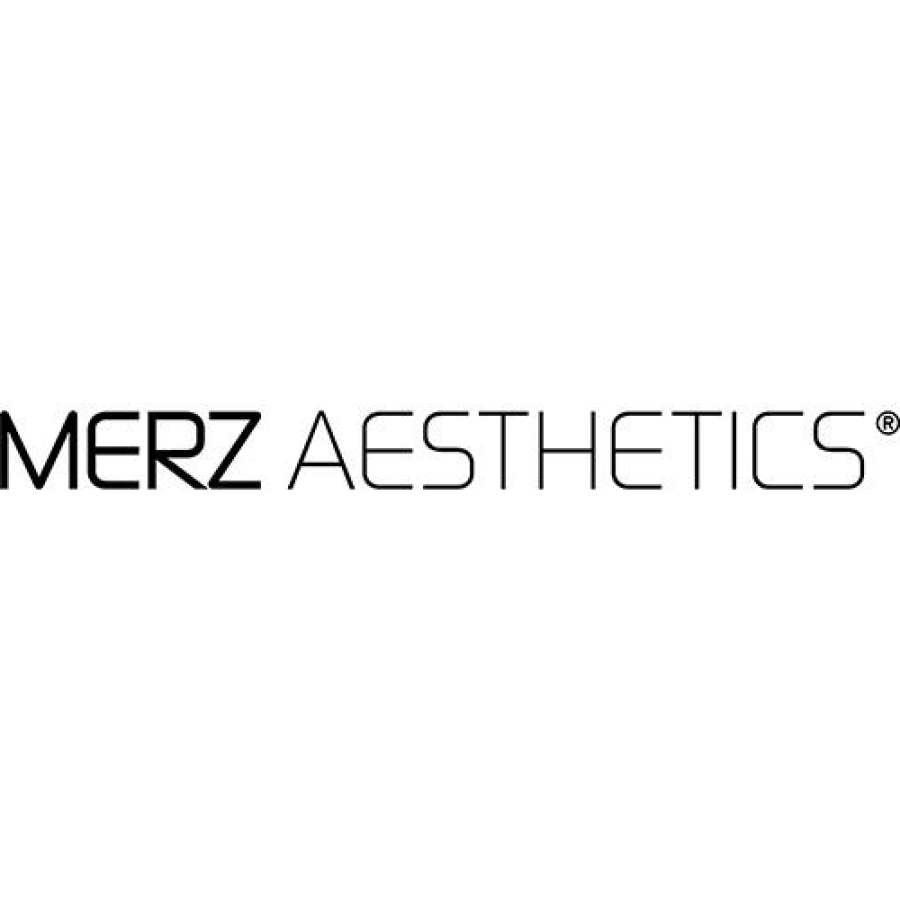
Clinical
Radiofrequency and Non-RF Microneedling Safety: What Patients Should Know
With Molly Muecke, RN, MSN, NP-CMicroneedling is a popular aesthetic treatment offered in 79% of med spas (2024 Medical Spa ...
Posted By Madilyn Moeller, Wednesday, June 5, 2024

By Taylor Siemens, NP-C
Laser treatments have become increasingly popular for individuals seeking solutions to various skin concerns, ranging from signs of aging to discoloration, such as redness or hyperpigmentation. However, when it comes to patients with darker skin types, a unique set of considerations and challenges must be addressed to ensure safe and efficacious results. This article explores the realities of laser treatments for individuals with skin of color and highlights key factors that practitioners should keep in mind.
One of the most crucial aspects of laser treat¬ments for skin of color is selecting the proper devices and wavelengths. Not every laser device is suitable for all skin types, and using the wrong one can lead to unwanted adverse events. As a clinician or business owner seeking to purchase a device to treat darker skin types, it is imper¬ative to ask for clinical data and before-and-after photos that include patients with skin types that are similar to the patients you desire to treat.
Different lasers are designed to target specific skin concerns, and understanding their capabilities is essential. For example, Nd:YAG and fractional lasers are known to be safer for individuals with darker skin tones, as they have longer wavelengths that are less likely to cause damage to the melanin in the skin. It is essential that practitioners choose devices that are intended for treating skin of color to achieve the best results and minimize the risk of complications.
Often, vendors and clinical trainers do not have a great deal of experience treating skin of color. If you plan on diving into this patient population, consider advanced training from others who specialize in this area. Experienced clinical trainers will be well-versed in the nuances of working with darker skin tones, understanding the potential challenges and offering tailored treatment plans.
One of the primary concerns in laser treat¬ments for skin of color is the risk of post-inflammatory hyperpigmentation (PIH). It is essential to differentiate between side effects and adverse
events. While some temporary redness and swelling are expected after a laser procedure, an adverse event, such as a burn leading to darkening of the skin, is a more serious issue. To minimize the risk of PIH, practitioners need to use the appropriate laser settings and ensure a careful approach to treatment. Patients should be aware of the possibility of temporary side effects, and practitioners must take extra precautions to prevent adverse events. Important steps in controlling the risk of PIH include cooling the skin during and after treatment, as well as educating your clients for post care.
Patient education plays a pivotal role in the success of laser treatments for skin of color. Patients need to understand what they should do before and after the procedure to ensure optimal healing and results. Here are some key points for patients to keep in mind:
AVOID HEAT: Excessive heat exposure can exacerbate pigmentation concerns. Patients should avoid hot baths, saunas and activities that lead to excessive sweating for several days after treatment.
PROTECT FROM SUNLIGHT: Sun protection is paramount to a good outcome. Patients should use broad-spectrum sunscreen with a high SPF to shield their skin from UV radiation, as UV exposure can trigger or worsen hyperpigmentation.
AVOID EXFOLIATION: Harsh exfoliation can irritate the skin and worsen hyperpig¬mentation. Patients should refrain from using abrasive scrubs or harsh skin care products during the healing process.
PREVENT DRYNESS: Proper moisturization is key to prevent excessive dryness, which can lead to skin issues. Patients should use gentle, hydrating skin care products recommended by their practitioner.
It’s crucial to understand that not everyone is a suitable candidate for laser treatments—not necessarily because of their skin type, but rather due to their ability to comply with aftercare instructions. Aftercare plays a vital role in the healing process, and patients must be diligent in following the dos and don’ts of their recovery plan. Failure to adhere to these guidelines can lead to complications, including PIH. In some cases, individuals with skin of color may need longer recovery periods, making it essential to manage expectations and ensure that patients are willing and able to commit to the recommended aftercare regimen.
If PIH does occur, there are various ways you and the patient can address it:
TOPICAL TREATMENTS: Hydroquinone, kojic acid and retinoids are commonly used to lighten darkened areas. These should be prescribed and monitored by a qualified practitioner.
CHEMICAL PEELS: Superficial chemical peels can help improve hyperpigmentation. These should also be performed by experienced professionals.
MICRONEEDLING: Microneedling can stimulate collagen production and improve skin texture and tone, helping to reduce hyperpigmentation.
LASER TREATMENTS: Some laser devices, such as fractional lasers, can be used to specifically target and reduce hyperpigmented areas.
Laser treatments for skin of color can be highly effective when conducted with caution and expertise. However, it is essential for both practitioner and patient to understand the unique challenges and considerations associated with these procedures. The choice of the right device, practitioner experience, differentiating between side effects and adverse events, patient education and strict adherence to aftercare guidelines all play a crucial role in achieving safe and successful outcomes. When approached with care and knowledge, laser treatments can be a valuable tool for enhancing the skin’s health and appearance for individuals with skin of color.
Taylor Siemens, a board-certified nurse practitioner, is a dynamic force in the world of aesthetic medicine. As the visionary founder of My Aesthetic Training and the head of operations at Vitalyc Medspa, she seamlessly marries the expertise of a practitioner of medicine and multi-site business. Taylor has honed a profound understanding of the aging process, fueling her skillset in crafting comprehensive, multi-modality treatment solutions that align seamlessly with patients’ aesthetic objectives. While patient care remains a priority, Taylor’s focus has transitioned towards developing industry professionals in the field of medical aesthetics. Her dedication lies in arming them with the tools necessary to elevate patient outcomes, ensure safety, and foster income growth.
AmSpa Members receive QP every quarter. Learn how to become a member and access the resources you need to succeed in the medical aesthetics industry.
Related Tags
Medical spa news, blogs and updates sent directly to your inbox.

Clinical
With Molly Muecke, RN, MSN, NP-CMicroneedling is a popular aesthetic treatment offered in 79% of med spas (2024 Medical Spa ...

Clinical
On November 5, 2025, Merz Aesthetics announced that Ultherapy PRIME® gained U.S. Food and Drug Administration (FDA) clearance to improve ...

Clinical
By Belmar Pharma SolutionsWhen it comes to menopause, a once-taboo topic, the tide has finally changed. Women now have access ...

Clinical
The FDA’s recent safety communication regarding radiofrequency (RF) microneedling devices is a critical reminder: Aesthetic treatments involving energy-based devices are ...